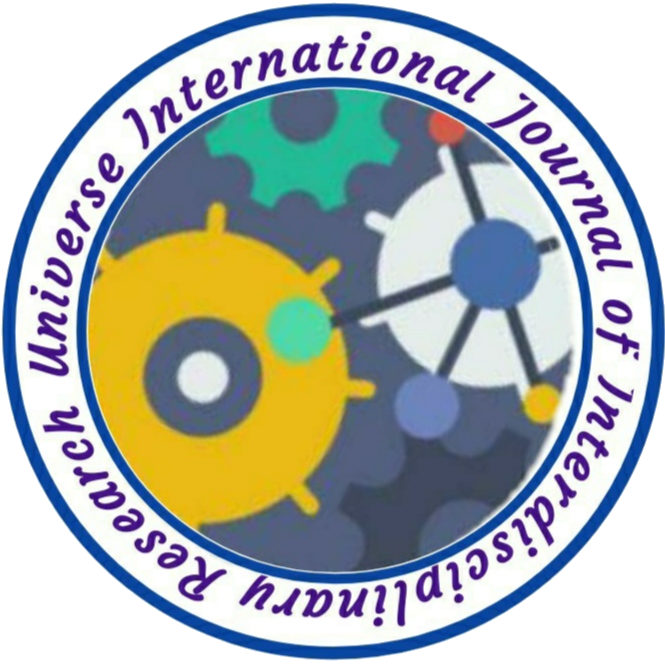ANALYSING THE IMPACT OF INFORMATION TECHNOLOGY ON THE STUDY OF GEOGRAPHY
Author Name: 1. Sonia
Volume/Issue: 02/01
Country: India
DOI NO.: 08.2020-25662434 DOI Link: https://doi-ds.org/doilink/03.2024-65588255/UIJIR
Affiliation:
1Ph.D. Scholar, Department of Geography, MDU, Rohtak, Haryana, India.
ABSTRACT
This study aims to guide future scholars in the field of geography education by identifying trends in the use of technology in this domain. A thorough search of the Web of Science database was done in this regard to find the papers that were published. Following the search, 621 scholarly articles in the Education Educational Research Category that examine the application of technology in geography education research were found. Academic study metadata was extracted from the Web of Science database and examined using MS Excel. In the last several years, technological advancements have taken centre stage in the subject of geography education, as they have in many other domains. To compare and assess teachers' views on integrating technology education into geography classes, we have focused on their attitudes in this study. Initially, it was determined that there were no appropriate measurement tools for our purposes, therefore we made an effort to address this by creating the Modern Technology Attitude Index (MTAI). Three distinct dimensions that represent regions of intimidation (INT), loss of control (LOC), and benefits and easement (BAE), with or via contemporary technology, were found with the use of exploratory factor analysis. Their choice of study, geography, has decreased, as has their degree of success in the subject. It seems that a lack of interest in studying geography is one factor. The effect of geographic information system (GIS) integrated instruction on the intrinsic motivation of underachieving geography students has, however, not received much attention in studies. A new subfield of human geography known as "information, technology and communication geography" emerged in the 1960s as a result of geographers becoming more interested in the telegraph and telephone. The Association of American Geographers established a speciality group devoted to "communication geography," which overlapped with the interests of the International Geographical Union's commission on the geography of the global information society. Since then, one of the frontiers in the field of geographical study has been the new sub-discipline. The main barrier to the growth of the new sub-discipline is now disagreements amongst local and international academics over the study objects and the nomenclature of the research field. Numerous terms, including communication geography, information geography, and geography, are used both domestically and internationally.This study examined how geography is taught at postsecondary institutions about information and communication technology (ICT). It is advised that information and communication technology (ICT) be used in our postsecondary institutions and that instructors be trained to use it effectively when teaching and studying geography. A mixed-method model was used in the current study to look at this problem. While student interviews were used to get qualitative data, a quasi-experimental method was used to gain quantitative data. Out of all the scientific, physical, and social science subjects, geography is arguably the most advantageous. The near-surface spheres of the lithosphere, hydrosphere, atmosphere, biosphere, and geosphere are the focus of geography (Gregory, 1985). Through the quantitative revolution and the systems approach, the discipline has gradually changed to meet the demands of the times since the age of discovery and its era of descriptive geography. Because understanding the world as an integrated system necessitates tackling problems with a complex web of interconnectivity, the systems approach fits in especially well.
Key words: Information Technology, Geographical Paradigm shift, Geographical Information Technology and Communication.

No comment